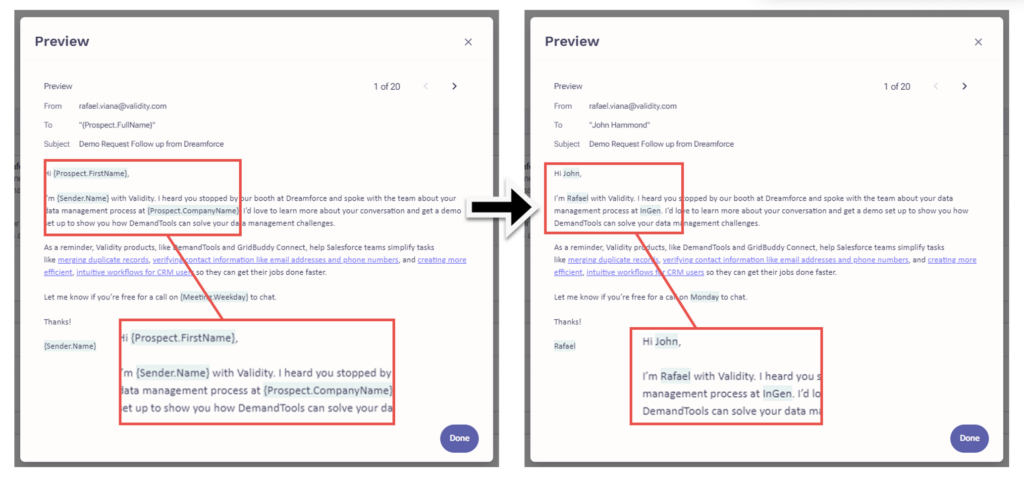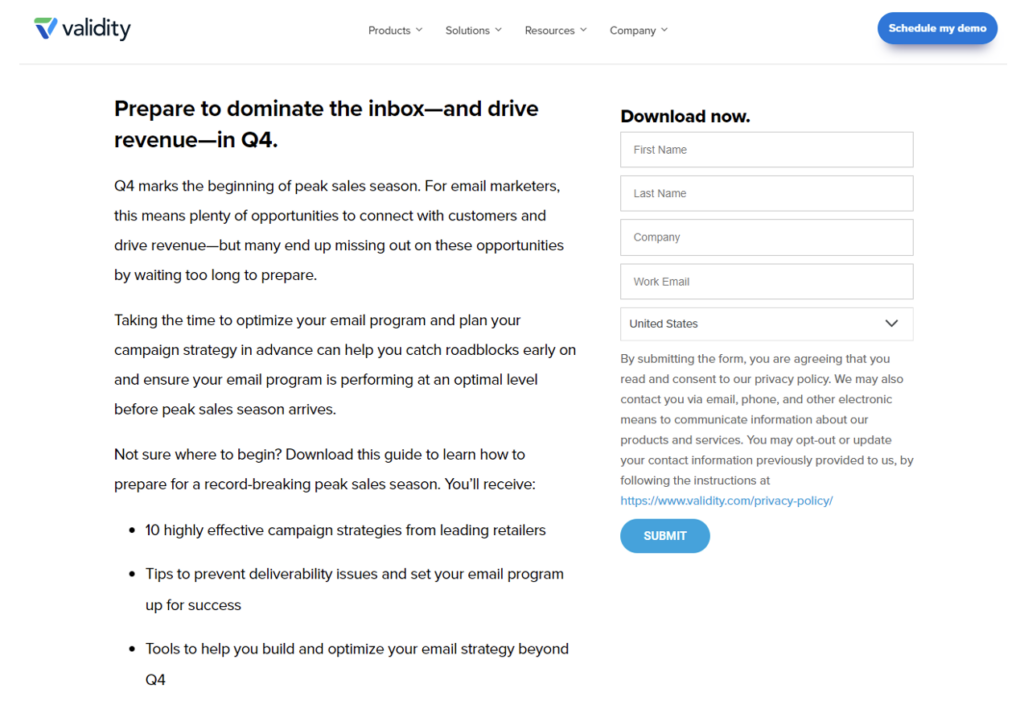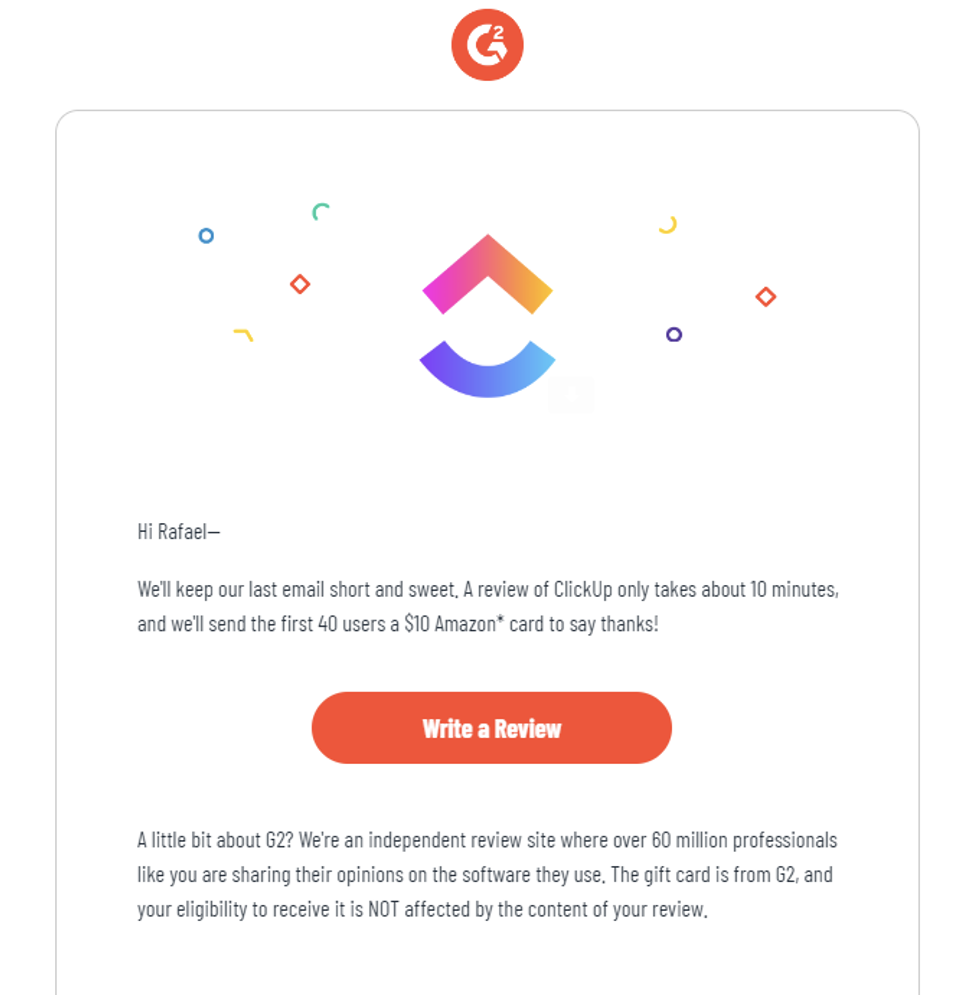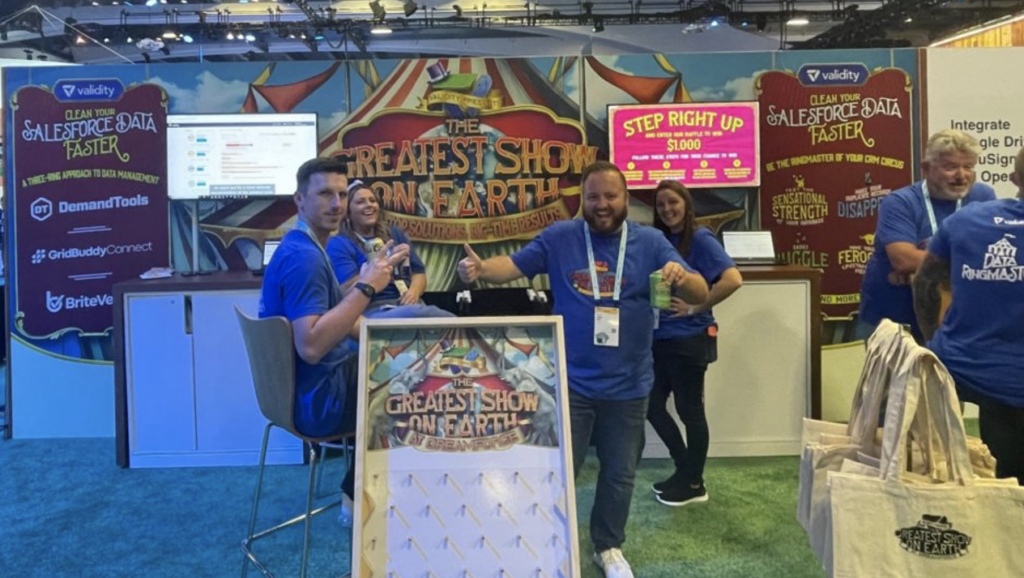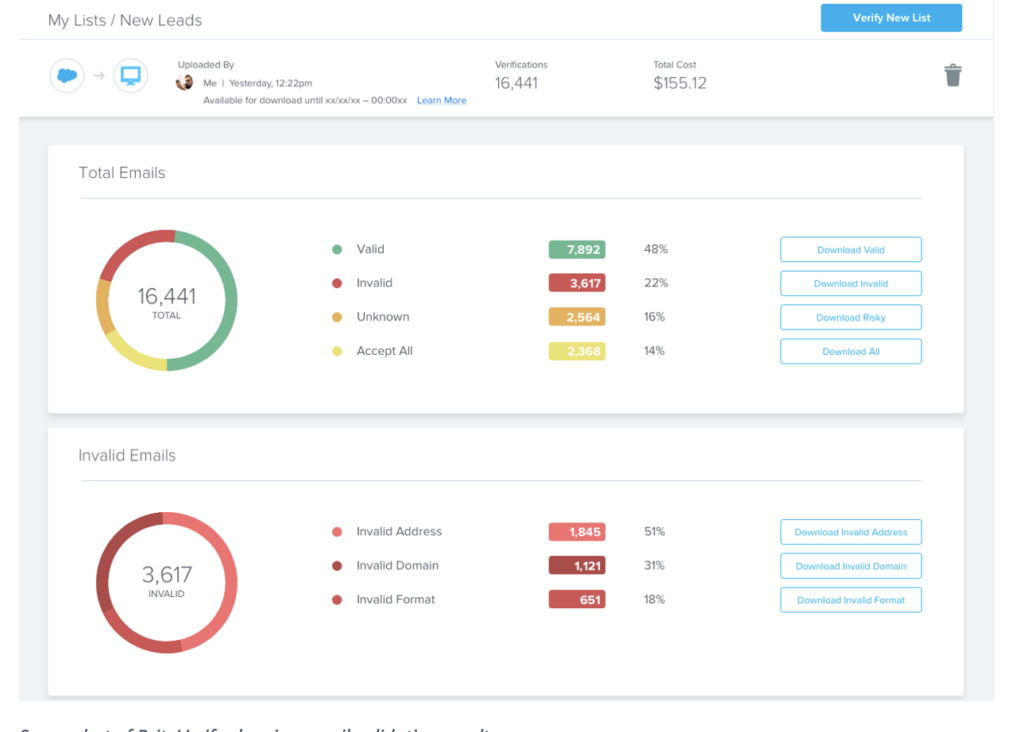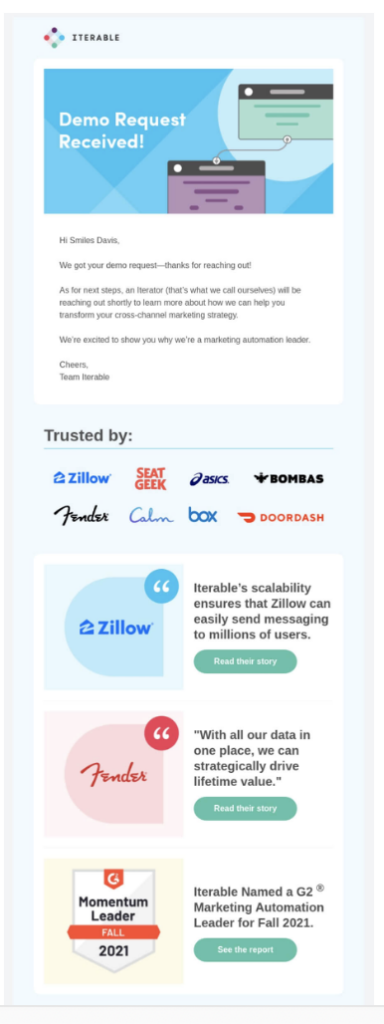Email Engagement
B2B Email Personalization Tactics to Boost Your ROI (Really Outstanding Individualization)
minute read
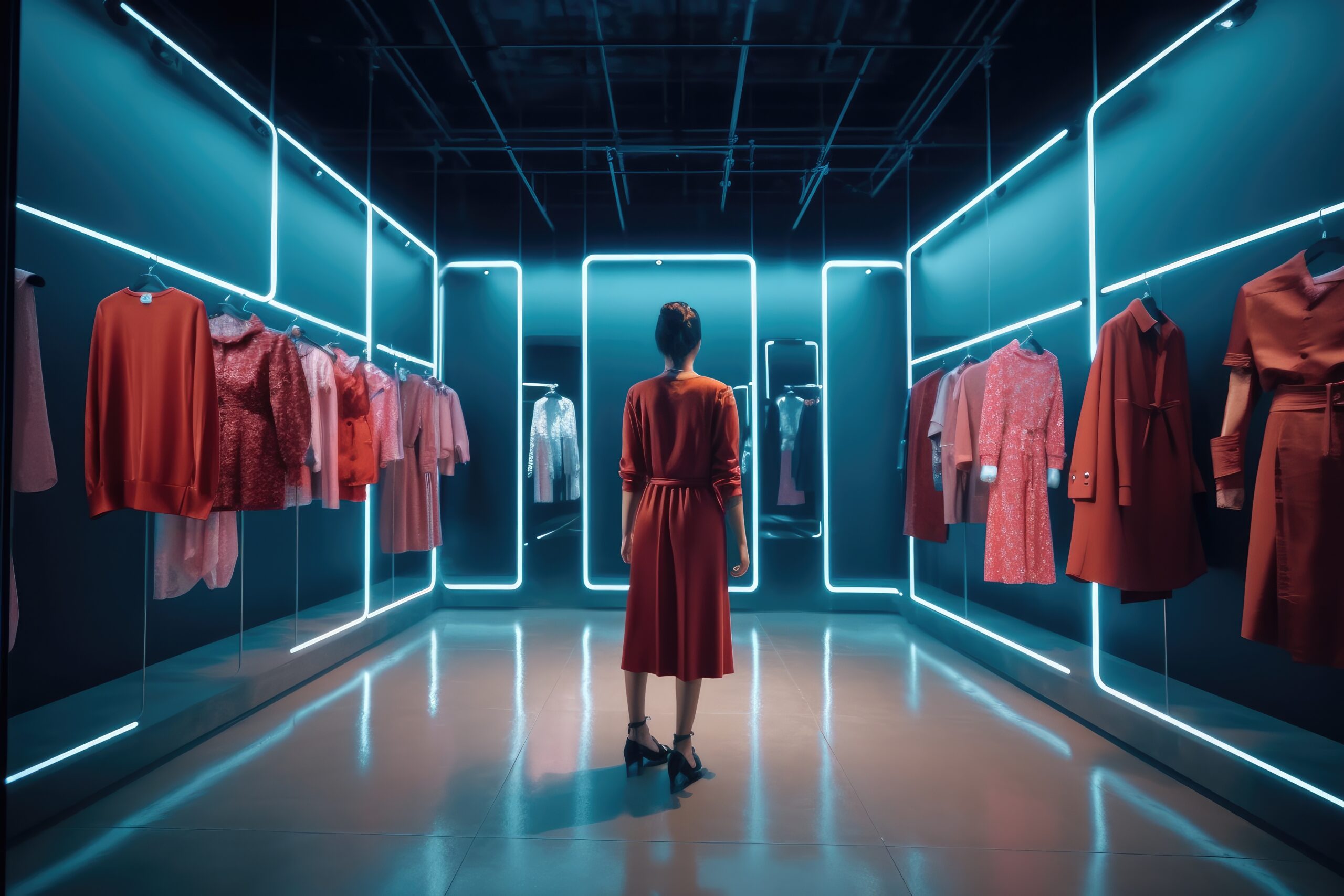
Imagine heading into a bustling business conference. The hall is filled with a myriad of attendees, each with their name tags proudly displayed. Yet, amidst the sea of names, only a few stand out, sparking genuine interest and conversations.
That’s the current state of the digital marketing world. An estimated 320 billion emails will be sent daily by 2026, making the challenge for marketers clear: How do you ensure your email not only reaches the inbox but also captures attention?
For B2B companies, this challenge is even more pronounced. Unlike casual newsletters or promotions, B2B emails often carry significant business propositions, partnerships, or solutions.
Getting lost in the shuffle is not an option. And that’s where personalization comes into play. As we dive deeper into the world of B2B email communication, we’ll explore how personalization can be the beacon that guides your message safely to its intended recipient, ensuring it’s not just received but truly heard.
Address B2B email’s unique challenges with a personal touch
Hey B2B email sender! 📧 Navigating the email landscape, especially with imperfect lead acquisition, can feel like an uphill battle. Those corporate spam filters? They can sometimes seem like fortress walls. But here is the bright side: personalization is your bridge.
In the B2B world, depth and understanding are the name of the game. Your audience wants more than generic pitches; they want to feel acknowledged. With personalization, you are saying, “I see you, and I understand your needs.” As your subscribers journey deeper into your sales funnel, and as you’ll gather insights on what truly resonates with them, it paves the way for even more refined personalization. It’s a continuous feedback loop; the more you learn, the better you can tailor your approach.
How to personalize email
Crafting a personalized email isn’t just about a friendly “Hello, [First Name]!” anymore. In today’s digital age, making an email feel like it was handcrafted for each recipient is both an art and a science. Here’s how you can get started.
Consider leveraging segmentation to tailor content that aligns with where your B2B leads are in their journey. By understanding their current stage, you can design content that directly speaks to their needs and interests. Whether it’s addressing initial challenges or diving deep into solution specifics, segmenting your campaigns ensures every email resonates with its intended audience.
Most email sending platforms (ESPs) offer variable replacement, a feature that replaces a placeholder with personalized information, like referencing recent content visits or products the reader has shown interest in, as well as attended events or webinars. This functionality tailors your emails to individual recipients, fostering a genuine sense of recognition and value.
Example of variable replacement in email content.
Dynamic content during send-time and dynamic image replacement represents the pinnacle of personalization tools. Picture this: you open a transactional email and instead of a static image saying, “Your order is on its way”, there’s a real-time image showing the most recent location on that crucial order in route to you, or a live system status indicating the readiness of a critical report.
This dynamic content adjustment isn’t limited to just these scenarios. It can even be employed to test different images within emails, and then automatically showcase the one that resonates best with your audience. Keep in mind that each ESP has a different name for this feature, and its functionality may vary between platforms. Be sure to consult their documentation or reach out to your support team for more information.
Crafting personalized B2B emails: Tips and tricks
As a B2B sender, you’re not just juggling emails; you’re orchestrating sales symphonies. Every note, every chord has its significance in leading to that grand finale—the sale. Navigating this intricate dance, each stage of the sales funnel presents its own rhythm and challenges. Dive with us into the opportunities for using personalization in each stage. Let’s uncover tactics that not only resonate with your audience but also drive those all-important sales metrics.
Awareness stage
In business conferences, there’s a sea of attendees with a name tag, but beyond those names, there’s so much more to discover. It’s a bit like B2B email marketing. You’ve got a list of email addresses, a room full of potential connections, but how do you get to know them better?
Now think of those breakout sessions at conferences where everyone’s mingling. That’s where you really get to know folks. In our email world, that’s what pop-up forms, landing pages, and webinar sign-ups are like.
They’re our digital icebreakers, helping us get to know our subscribers beyond just their email addresses. They help peel back the layers, turning a simple email address into a rich profile.
Example of a landing page.
Sometimes, the most valuable insights come not from direct inquiries but from what subscribers willingly share. This is the essence of zero-party data. It’s collected through methods such as surveys, feedback forms, reviews, interactive quizzes, polls, contests, giveaways, email preference settings, user account profiles, and voluntary testimonials.
The beauty of zero-party data? It’s volunteered, spot-on accurate, and in sync with privacy standards. This data essentially hands you the keys to crafting emails that resonate, using insights directly from the source.
Example of a message asking for a review.
Awareness stage checklist:
- Reassess lead acquisition methods to capture more relevant data from the outset.
- Incorporate basic personalization elements in content, even if starting with just subscribers’ names.
- Offer subscribers opportunities to share more, like through surveys or interactive quizzes, to enhance personalization.
Consideration stage
To capture their interest, it’s essential to provide your email audience with rich, dynamic content that evolves as they do.
While the initial ‘hello’ in the Awareness stage was about introductions, the Consideration stage is like a deep-dive conversation at the coffee booth. Share testimonials to build trust, offer detailed product demos to showcase your solutions, and don’t shy away from presenting white papers that highlight your expertise.
Validity’s booth “The Greatest show on Earth at Dreamforce”—a prime example of harnessing personalization and utilizing buyer intent data to tailor experiences for attendees.
One crucial aspect of personalization in the Consideration stage of B2B email marketing is using buyer intent data.
This data reveals what potential customers are looking for and their current challenges. With buyer intent data, you can employ advanced personalization to create content that directly addresses their needs and interests.
Always be attentive to their responses. Just like at the conference, where you’d tune your pitch based on the listener’s interest, adjust your email content based on what engages your leads the most. In essence, the Consideration stage is about deepening the connection, building trust, and positioning yourself as the go-to solution for their challenges.
Consideration stage checklist
- Identify your buyer personas and personalize your content to address their specific needs, pain points, and goals.
- Use buyer intent data to create personalized content that speaks directly to your potential customers’ needs and interests.
- Adjust your email content based on what engages your leads the most and use personal touches with zero-party data.
Conversion stage
Navigating B2B sales is like guiding a group through a maze. There’s the winding path of approvals, the occasional roadblock of contract negotiations, and the ever-present need to keep all stakeholders in the loop. Imagine the Conversion Stage as the collaborative group activity at our business conference. Everyone’s voice matters, and with the right personalized approach, you can ensure they all harmonize beautifully.
Consider crafting your email content and offers to resonate with the entire decision-making team. It could be as simple as highlighting ease-of-implementation for the tech team or showcasing ROI stats for the finance experts. Think of messages that unify their needs, like, “We’re the missing puzzle piece for your team,” to truly capture their attention.
Calls to action should mirror where they are in their journey. Early birds might appreciate an “Explore how we fit” while those further along could resonate with “Let’s finalize our partnership.” And always remember, a testimonial from a similar industry can be a comforting nudge.
The final push should be smooth. Use prior interactions to streamline processes and address typical concerns, making the experience feel tailored. If they hesitate, a personalized note addressing potential organizational concerns can make a world of difference.
Conversion stage checklist
- Craft message content and offers that resonate with the entire decision-making team.
- Adjust CTAs based on the lead’s position in the buying process.
- Incorporate endorsements from similar industries to build trust.
- Use prior interactions to simplify and tailor procedures, like a follow-up if leads show any hesitation.
Retention stage
You’ve had that initial chat at the business conference, now it’s about the frequent catch-ups, sharing news, and growing together. It’s crucial to remember that keeping a client is usually more cost-effective than acquiring a new one. Plus, in a world driven by relationships, the bond with an existing client can open doors to new opportunities.
Regular check-ins are vital. Personalized feedback requests or surveys let your clients know you’re genuinely interested in their experiences and are keen to improve. Celebrate the milestones too. A simple email marking another year of collaboration can make a client feel truly valued. Important, keeping an eye on bounce rates can give you insights into which email addresses might be inactive or have been disabled, and don’t try to send them any emails, that can harm your sender reputation.
On the flip side, if your emails are more sporadic, it’s a smart move to periodically verify the existence of email addresses. Tools like Validity BriteVerify can be invaluable for this, ensuring that your communications are always reaching their intended recipients.
Screenshot of BriteVerify showing email validation results.
Furthermore, make it your mission to educate and enlighten. Share valuable insights, updates, or perhaps extend an invitation to a webinar that’s in sync with the latest industry trends. And let’s not forget the allure of exclusivity. Offering them a glimpse of an upcoming feature or granting a loyalty discount can make them feel they’re part of an elite group, enhancing the bond they have with your brand.
Lastly, there’s power in storytelling. Share a success story or a case study that might resonate with them. Not just as a testament to your service, but also as a source of inspiration, showing the potential heights the partnership can achieve. In essence, the Retention Stage is about consistent, tailored engagements that make your B2B clients feel understood, valued, and eager to continue the journey with you.
An example of an email message containing customer success stories (Source: Really Good Emails).
Retention stage checklist
- Schedule regular content updates or newsletters to keep your customers in the loop.
- Audit your email list and check bounces after each campaign to find and remove outdated or inactive contacts.
- Use an email verification tool like Validity’s BriteVerify to confirm active email addresses.
Before I sign off…
This is the last business conference analogy, I promise! But wrapping up our B2B email marketing journey does evoke that sense of concluding a vibrant conference panel. We’ve spotlighted how personalization is the golden ticket in your email arsenal. From the first handshake to nurturing brand devotees, it’s all about forging genuine connections.
In our vast digital world, simply hitting ‘send’ won’t cut it; your emails must hit the mark and land in the right inboxes. Good data is your ally, but a clean list is your secret weapon. Avoid bad addresses and time-wasters by using tools like BriteVerify. And to truly personalize? Equip yourself with a top-notch preference center. If you are keen to step up, grab our checklist: Easy Steps to Power Up Your Email Preference Center.
Until next time, dear readers! The world of B2B email marketing is ever-evolving, and I’m already gearing up to share more strategies with you in the near future. If you’ve got suggestions or just want to chat about all things email, feel free to reach out to me on LinkedIn. Let’s keep the conversation going and continue to elevate our email game together!
